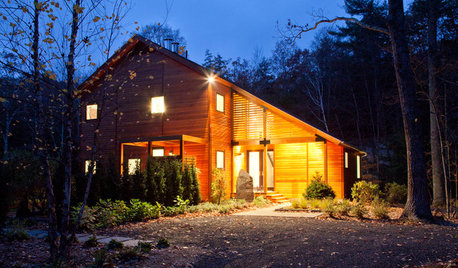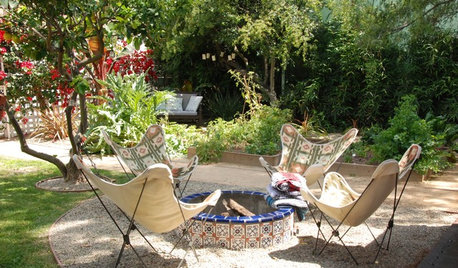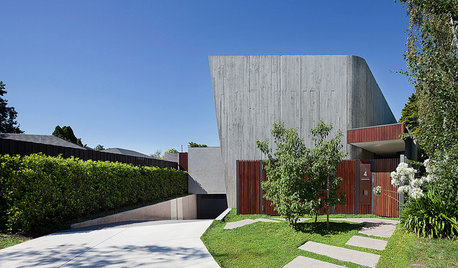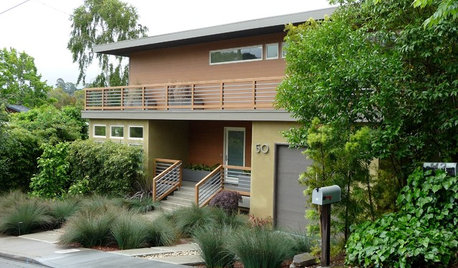Need trees to line a very long driveway.
ls497
17 years ago
Featured Answer
Sort by:Oldest
Comments (33)
leslies
17 years agolast modified: 9 years agoRelated Professionals
East Rancho Dominguez Landscape Architects & Landscape Designers · Brookside Landscape Contractors · Annandale Landscape Contractors · Davidson Landscape Contractors · Elkridge Landscape Contractors · Metairie Landscape Contractors · New Baltimore Landscape Contractors · Sugar Hill Landscape Contractors · Cedar Park Siding & Exteriors · Annapolis Siding & Exteriors · Greenville Siding & Exteriors · Cincinnati Decks, Patios & Outdoor Enclosures · Lenexa Decks, Patios & Outdoor Enclosures · Lincolnton Decks, Patios & Outdoor Enclosures · Little Rock Decks, Patios & Outdoor Enclosuresnicethyme
17 years agolast modified: 9 years agoalexander3_gw
17 years agolast modified: 9 years agokatrina1
17 years agolast modified: 9 years agogottagarden
17 years agolast modified: 9 years agols497
17 years agolast modified: 9 years agols497
17 years agolast modified: 9 years agolou_spicewood_tx
17 years agolast modified: 9 years agogottagarden
17 years agolast modified: 9 years agogardengal48 (PNW Z8/9)
17 years agolast modified: 9 years agokatrina1
17 years agolast modified: 9 years agoEmbothrium
17 years agolast modified: 9 years agols497
17 years agolast modified: 9 years agoadichristi
17 years agolast modified: 9 years agovancleaveterry
17 years agolast modified: 9 years agojeannie7
17 years agolast modified: 9 years agoquirkyquercus
17 years agolast modified: 9 years agoEmbothrium
17 years agolast modified: 9 years agospruceman
17 years agolast modified: 9 years agoEmbothrium
17 years agolast modified: 9 years agorusty_blackhaw
17 years agolast modified: 9 years agoEmbothrium
17 years agolast modified: 9 years agoadichristi
16 years agolast modified: 9 years agoquercus_macrocarpa
16 years agolast modified: 9 years agokatrina1
16 years agolast modified: 9 years agoPamchesbay
16 years agolast modified: 9 years agoinsijs
15 years agolast modified: 9 years agoweston
15 years agolast modified: 9 years agolightningstrikestwice_comcast_net
13 years agolast modified: 9 years agoNYCgent
10 years agolast modified: 9 years agodrpraetorius
10 years agolast modified: 9 years agomdsaint62
7 years ago
Related Stories

CONTEMPORARY HOMESHouzz Tour: Strong, Modern Lines Stand Up to the Trees
Modernism takes kindly to the New York woods, with double-height ceilings for openness and a burbling creek for music
Full Story
GARDENING GUIDESHow to Keep Your Trees Healthy
Ensure your trees’ vigor for years to come with these tips for protecting roots, watering effectively and more
Full Story
EXTERIORSWhere Front Yards Collide: Property Lines in Pictures
Some could be twins; others channel the Odd Couple. You may never look at property boundaries the same way again
Full Story
DECORATING GUIDESHome Style: Enhance the Lines You Have
Make the most of your home's best features by extending lines, reinforcing shapes and continuing curves
Full Story
INSIDE HOUZZHow Much Does a Remodel Cost, and How Long Does It Take?
The 2016 Houzz & Home survey asked 120,000 Houzzers about their renovation projects. Here’s what they said
Full Story
HOUZZ TOURSMy Houzz: An Outdoor Entertaining Paradise in Long Beach
A 1929 Spanish-style home’s open layout and multiple courtyards provide lots of room for a California couple to socialize
Full Story
Houzz Tour: A House Built for the Long Term
The designers of this one-of-a-kind home made the most of its challenging location to deliver enduring comfort and style
Full Story
GARDENING GUIDESTree Care: Common Tree Diseases and What to Do About Them
Learn to recognize trees that may be affected by diseases or pests so you can quickly take action
Full Story
LANDSCAPE DESIGNThe Unparalleled Power of Trees
Discover the beauty and magic of trees, and why a landscape without them just isn't the same
Full Story
HOUZZ TOURSHouzz Tour: An Ecofriendly Family Home Gets in Line
Without any curved lines but with a wealth of energy-efficient features, this remodeled home in Northern California has plenty of appeal
Full StoryMore Discussions








lucky_p